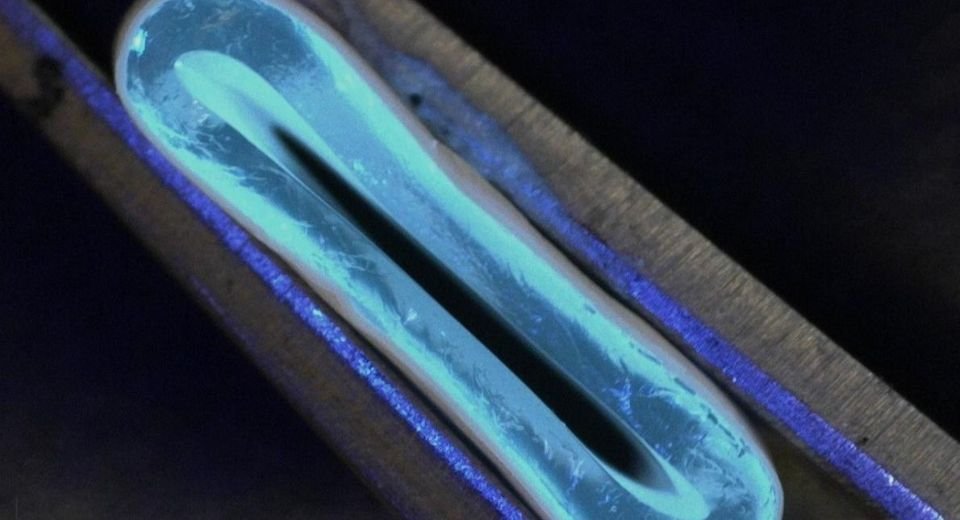HQ Team
August 5, 2024: Flexible, gel-like synthetic tubes can replace human veins during heart bypass operations to reroute blood flow, according to engineers at the University of Edinburgh.
The strong tubes were created using 3D printing technology and could help limit scarring, pain and infection risk associated with the surgery, according to a university statement.
The product could also help alleviate the failure of small synthetic grafts, which can be hard to integrate into the body.
In a two-stage process, a team of researchers led by the University of Edinburgh’s School of Engineering used a rotating spindle integrated into a 3D printer to print tubular grafts made from a water-based gel.
Electrospinning
They subsequently reinforced the printed graft in a process known as electrospinning, which uses high voltage to draw out very thin nanofibers, coating the artificial blood vessel in biodegradable polyester molecules.
“Tests showed the resulting products to be as strong as natural blood vessels,” according to the statement.
The 3D graft can be made in thicknesses from 1 to 40 mm in diameter, for a range of applications, and its flexibility could easily be integrated into the human body.
The next stage of the study will involve researching the use of blood vessels in animals, in collaboration with the University of Edinburgh’s Roslin Institute, followed by trials in humans.
Tissue engineering
“Our hybrid technique opens up new and exciting possibilities for the fabrication of tubular constructs in tissue engineering,” said Dr Faraz Fazal
Lead author, School of Engineering, University of Edinburgh.
Dr Norbert Radacsi Principal investigator, School of Engineering, University of Edinburgh said: “The results from our research address a long-standing challenge in the field of vascular tissue engineering – to produce a conduit that has similar biomechanical properties to that of human veins.
“With continued support and collaboration, the vision of improved treatment options for patients with cardiovascular disease could become a reality.”
The research, published in Advanced Materials Technologies, was carried out in collaboration with Heriot-Watt University.
Small-diameter vascular grafts are in high demand for the treatment of cardiovascular diseases, which remain a major cause of death worldwide.
Donor site morbidity
The most prominent forms of cardiovascular diseases include coronary artery disease, peripheral artery disease, and abdominal aortic aneurysm.
Vessel reconstruction surgeries or bypass surgeries are often performed, in which a vascular conduit is used to re-route the blood flow around the affected or blocked artery.[
Autologous grafts, such as a saphenous vein, internal mammary artery, and radial artery, still represent the gold standard for bypass surgeries, but the failure rates are high, and the graft harvest often results in donor site morbidity.
3D printing or additive manufacturing is a process of making three-dimensional objects from a digital file.
The creation of a 3D-printed object is achieved using additive processes. In an additive process, an object is created by laying down successive layers of material until the object is created. Each of these layers can be seen as a thinly sliced cross-section of the object.
